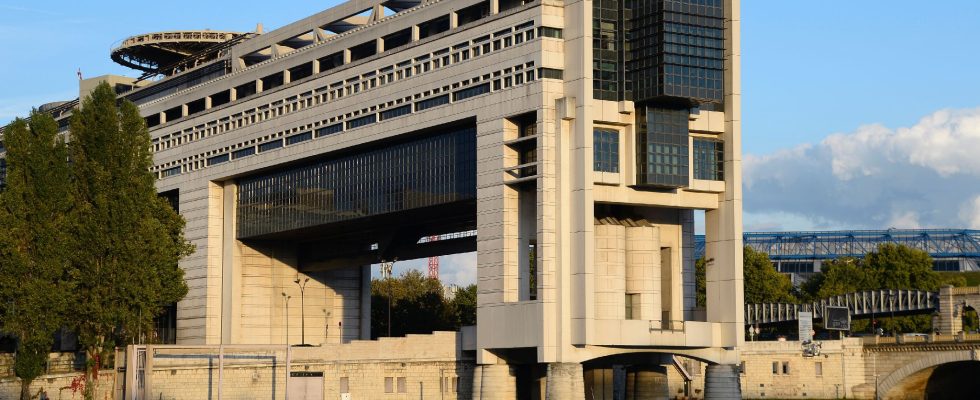Reduce public spending while financing the energy transition. Or the contrary. Here is the complicated equation that the State must solve. In his interview with Echoes, published on August 30, Thomas Cazenave, the Minister Delegate in charge of Public Accounts, outlined a few avenues: new reviews of public expenditure, efforts to simplify administrative structures… “I would also like us to be able to work on a more sober and exemplary, I will have the opportunity to make announcements in the coming weeks. This may concern the issue of state real estate for example”, he added. Is it a question of accelerating the thermal renovation of the public park? The French company Deepki, thanks to a specialized software solution, has already been working alongside the State real estate department since 2019, not only to draw up a precise map of the energy consumption of its buildings, but also to develop the necessary action plans. According to its co-founder, Vincent Bryant, a stronger political impetus would be welcome.
L’Express: What is the scope of the thermal renovation of state buildings?
Vincent Bryant: The real estate of the State is the first heritage of France. If we report it per citizen, it is much higher than in other European countries or in the United States. We’re talking about almost 220,000 buildings, nearly 100 million m², excluding the army and local authorities, that’s considerable. However, in France, all the buildings consume 46% of the final energy. This sector is the leading contributor to CO2 emissions, with a share of 28%.
What are your missions to support the transformation of this park?
We have made algorithms to make the information collected by the State heritage data platform more reliable. At the same time, we collect consumption figures – water, gas, electricity, etc. – from 170 suppliers. Our first action consisted in bringing together these data, heritage and environmental, to find out which were the most polluting buildings, particularly in terms of CO2 emissions per m², and thus define priorities. The second stage aims to draw up action plans for sobriety and energy efficiency. The third is implementation, with monitoring tools to measure progress.
Where are you in this process?
Essentially, the first step, diagnosis, is complete. It took three years to achieve this. We are in the second phase. All the ministries are involved in the process, as well as about fifty public establishments, among the largest: the Crous, the Ademe or even Meteo France.
Is it more difficult to work on public buildings than with private actors?
The organization of State services is very complex, matrix-based. Yes, the process is long, but that is also explained by the size of the heritage. The agents of the State real estate department are very committed, competent, they have dedicated resources. Its director Alain Resplandy-Bernard has a very strong will, a vision to which I subscribe. However, there is a lack of political impetus on a large scale, a Marshall plan for the energy transition which would be pushed by the President of the Republic himself, with objectives for 2027, 2035, 2050, to set an example at the level of the ‘State. We must deploy the means on a large scale, especially since the benefits are gigantic: we could fill 200,000 construction jobs in the renovation sector alone! It is also a factor in reducing the trade balance deficit, reindustrialising France, and a source of local labor for artisans and small businesses.
How to accelerate the movement, as Thomas Cazenave seems to be calling for it?
The state real estate department needs a mandate to implement an ambitious policy and impose itself on the ministries. It is also necessary to establish a dialogue with the users to optimize the surfaces. To carry out a punch operation to accelerate the end of the fuel oil – it is in progress – and to prepare the end of the gas, it would be exemplary! Finally, it is essential to train public officials. The technological tools are there, most of the financial means too. There is no need for additional regulation.
